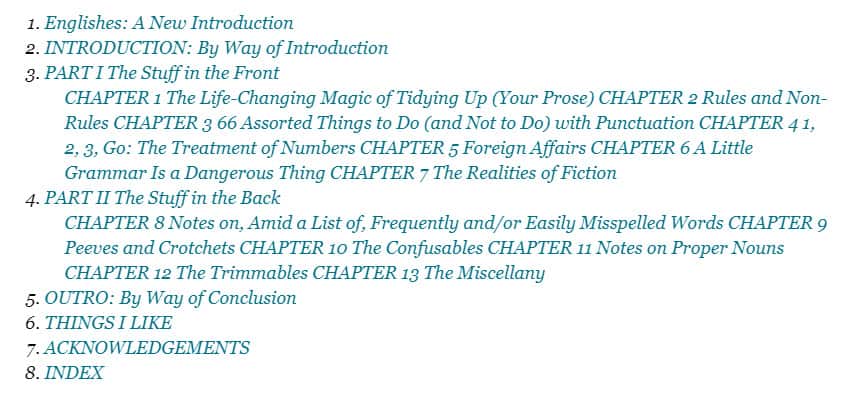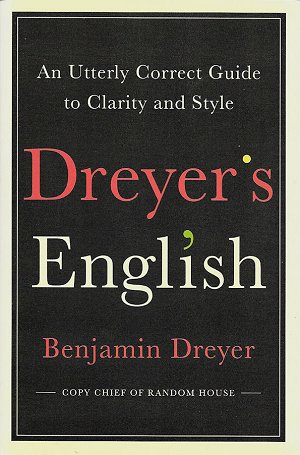A Review Of Dreyer’s English: An Utterly Correct Guide to Clarity and Style: The UK Edition
Having recently read and reviewed Grammar Girl’s Quick and Dirty Tips for Better Writing, I came across another grammar book in my Kindle library that I’d forgotten about: Dreyer’s English: An Utterly Correct Guide to Clarity and Style: The UK Edition.
According to Amazon, it was December 2019 when I bought this book, and I cannot remember why or where I heard about it. It’s a good bet, however, that it was mentioned by somebody I follow, either online or in one of their own books.
Regardless, since I’m doing more writing these days, I thought it was time to give it a read.
One of the reasons for this is that I have started to use Grammarly again, and according to the weekly statistics they send me, most of the problems with my writing are related to comma usage: I use them when I shouldn’t, and I don’t use them when I should. And I thought this book might help in that area.
Anyway, let’s get started.
Here is a screenshot of the table of contents, which gives you a good overview of what the author covers:

The first thing I should note is that this is not a full-blown style manual, a la The Chicago Manual Of Style or The Elements Of Style (often referred to as Strunk & White). Nor is it meant to be.
It’s not likely I would ever read the 1,100+ pages of the Chicago style book – not by choice, at least. However, 320 pages of Benjamin Dreyer’s book is much less daunting.
And “daunting” isn’t the right word either really because this is a fun book, even though the subject matter may be considered dry by many.
Benjamin draws on his extensive experiences within the publishing industry, primarily as a copy editor, to offer his thoughts on current best practices when writing.
It’s also worth pointing out, as you’ll see from the title of his book, that it addresses some of the many differences between British English and American English.
As a Brit myself, having lived in the USA for 15 years now, my writing fluctuates between the two, to the point where I sometimes find it difficult to remember how to use or spell some words.
His book is full of advice on many of the words and parts of grammar that can trip up even the experienced writer from time to time.
For example, there are sections about frequently misspelled and confused words, some of which were new to me. (There are others where I wonder how could anybody confuse the two, but then again, I’ve been a bit of an English pedant for decades.)
And I found Chapter 1’s list of a dozen words and phrases to try to reduce or eliminate especially useful. His advice is to not use any of them for a week, the idea being that once you’ve accomplished that, you will naturally tend to use them less in future.
As he says, if you stopped reading his book at that point, you would still have learned something useful that will improve your writing.
What makes this book fun and easy to read is the humour, including several anecdotes to illustrate various points.
So, what about my problems with commas?
Well, it did help a bit, although I think I still need to dig deeper into that one. If I can’t find what I need online, I might even need to read one of the classic books on English grammar – such as the ones I referred to above that lay out the “rules” (in as much as English has hard and fast rules).
Conclusion
Overall, Dreyer’s English, like Grammar Girl’s, is one that would be worth reading by any writer, especially those who are less experienced.
As I have mentioned before, I bought the Kindle version for reasons of portability and highlighting, but it’s currently available in hardback and paperback, and as an audio book.
Additional Resources
These are suggestions for those who wish to delve deeper into any of the above:
- Dreyer’s English: An Utterly Correct Guide to Clarity and Style: The UK Edition
- Grammar Girl’s Quick and Dirty Tips for Better Writing
- The Chicago Manual Of Style
- The Elements Of Style
PS The photo of the author, Benjamin Dreyer, at the top of this article is used courtesy of Gabriel Dreyer on Wikimedia.








